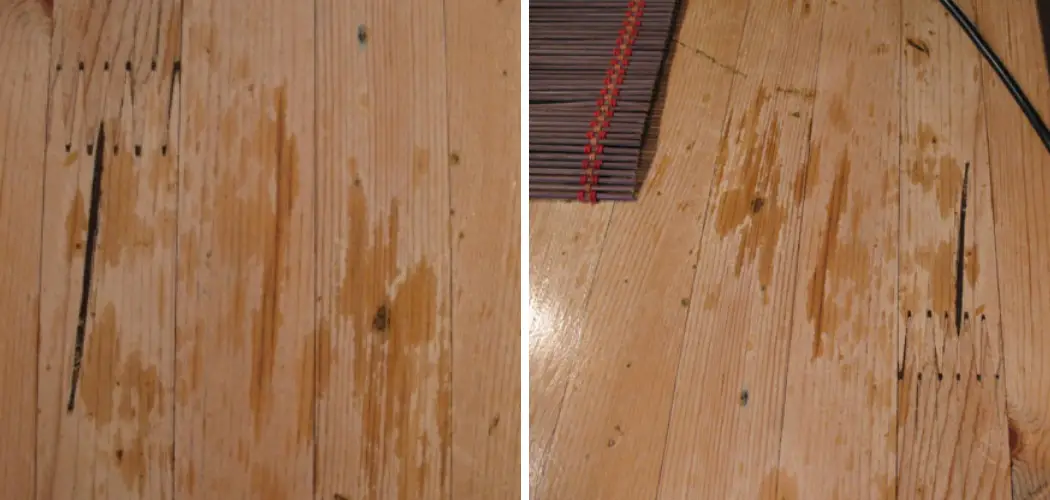Do you have a wood floor that seems to be getting wetter every day? Is your laminate starting to show signs of damage due to increased moisture in the air? It is important to know how to stop wood floors from sweating. If so, then it’s likely that your wood floors are sweating. Sweaty wooden floors can be annoying, but more importantly.
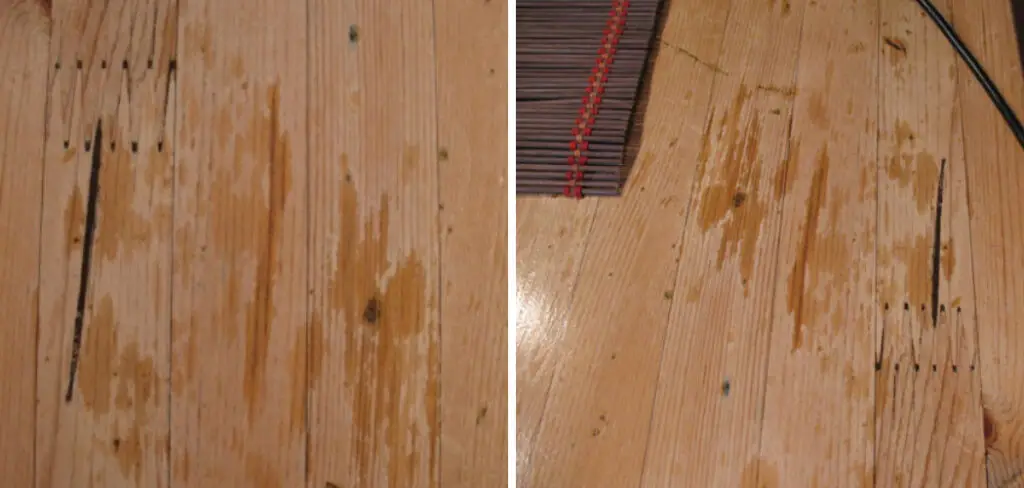
If left untreated they can cause irreversible damage. Luckily, there are several methods available that can help you stop wood floors from sweating and keep them dry and beautiful for years to come. Keep reading to learn all about how you can prevent this type of moisture problem!
Tool You Will Need
- Towel
- Broom
- Vacuum cleaner
- Dehumidifier (optional)
6 Steps Guide on How to Stop Wood Floors From Sweating
1. Wipe Away Any Excess Moisture
Keeping wood floors dry is essential in preventing damage to the floor, such as warping, rot, and mold growth. When the room temperature is higher than the dew point on the wood floors, moisture can accumulate and form condensation on the surface of your flooring, causing it to sweat.
To prevent this from happening, start by moving furniture or other items away from the sweating area so that air can circulate freely around it.
Additionally, setting up a fan nearby or addressing any possible areas of excessive humidity will also help to solve the problem. The last step is to wipe away any excess moisture with a towel immediately when it forms. This way you’ll be sure to stop your wood floors from sweating and avoid costly repairs down the road!
2. Sweep or Vacuum Regularly
Sweeping or vacuuming your wood floors regularly is one of the best ways to keep them looking great and lasting for many years. It’s important to remove dirt and other particles from the surface of your wood flooring, as it can trap moisture and create condensation. This could eventually damage your hardwood floors due to warping, or worse, rotting.
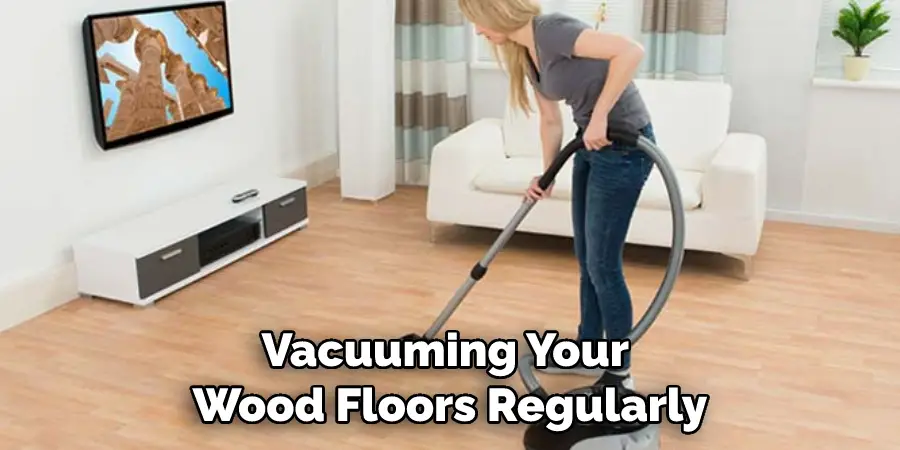
Vacuuming with a brush attachment will help pull up dirt that has settled onto the floor while sweeping removes dust and fine particles that float just above the surface. Be sure to use a soft-bristled broom or vacuum head so that you don’t cause any scratches on your beautiful wood floors. Taking a few extra minutes each week to sweep and/or vacuum will save you hours of repairs in the future!
3. Reduce Humidity Levels
Humidity levels in the home can quickly get out of control if not monitored and addressed, causing numerous problems for both you and your family. The most common issue is wood floors ‘sweating’, a phenomenon where moisture collects on the surface of any flooring material because the air around it is too moist.
To reduce humidity levels in your home and stop wood floors from sweating, a dehumidifier should be used as soon as possible. This device works by sucking in room air, extracting the excess moisture, and then returning dry air into the same room. Using a dehumidifier will also help to improve overall air quality in your home and prevent mold or mildew growth that could become hazardous to your health.
4. Make Sure All Windows and Doors are Closed
Keeping windows and doors closed when not in use is a smart way to keep the humidity levels of your home low, which can have lasting benefits for the life of your wooden flooring.
High levels of moisture and humidity can lead to something known as sweat, or cupping sticks, which happens when the wood planks expand and curl due to dampness.
If you can prevent high levels of humidity in your home before they begin to take hold, you may be able to extend the life of your hardwood floors significantly. An easy trick is to make sure all windows and doors are closed when not in use as an extra precaution against high moisture accumulation.
5. Allow Steam to Dissipate Quickly
If you have wood floors in your home, humidity can be a tricky issue to manage. When it is high, condensation can form on the surfaces of your flooring, making them seem “sweaty.” Fortunately, there are steps you can take when showering or cooking to reduce the amount of water vapor in the air and protect your floors.
Opening a window, even for just a few minutes, before and after showering or cooking will allow steam to dissipate quicker than usual, thereby lowering the humidity in the room where your wood floors are located.
Make sure that all other sources of moisture like plumbing leaks and overflowing sinks are taken care of as well to keep your wood floors from sweating.
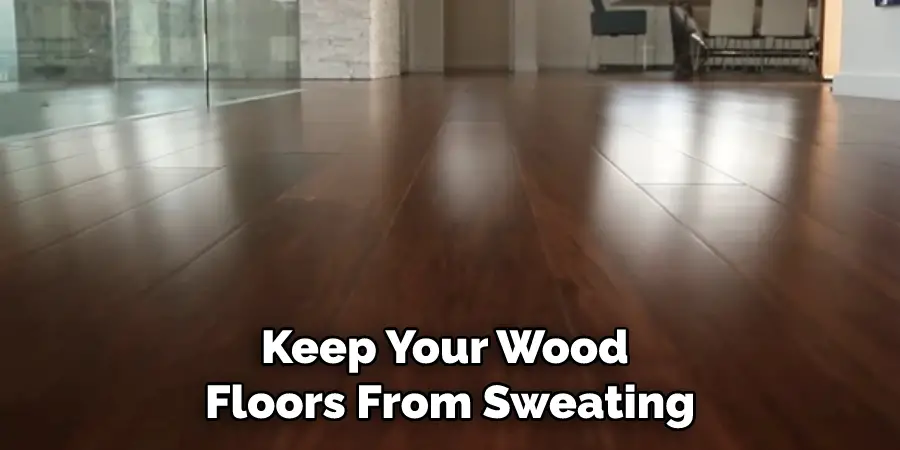
6. Place Furniture Protectors Under any Heavy Pieces
Keeping your wood floors safe from any unwanted moisture is important, but can also be easily done with the addition of furniture protectors. Furniture protectors are a necessary extra layer to help prevent excessive moisture from seeping into the surface of your wood floor.
Simply place them underneath any heavy pieces of furniture that directly sit on the floor, such as couches or chairs. And you can avoid having your wooden floors “sweat.” With minimal effort and minimal cost on your part, furniture protectors can help keep your wooden floors looking great while ensuring they stay protected against potential spills or accidents that could occur in your home.
By following these simple steps, you can stop your wood floors from sweating and keep them looking like new! If your floors are already showing signs of damage, a professional flooring specialist can help to assess the situation and provide advice on the best way to repair it.
Tips to Stop Wood Floors From Sweating
- Keep the humidity level in your home between 30 and 50 percent.
- Use a dehumidifier in your home, especially in the summer months.
- Ventilate your home by opening doors and windows, especially after cooking or showering.
- Avoid using carpet in rooms with hardwood floors.
- Place mats at all entrances to your home to help absorb moisture from shoes.
- Wipe up any spills on your hardwood floors immediately.
- Mop your hardwood floors regularly with a microfiber mop and a mild cleaning solution.
- Wax or polyurethane on your hardwood floors to create a barrier against moisture.
- Place fans in rooms with hardwood floors to help circulate the air.
- Check for leaks around your home and have them repaired immediately.
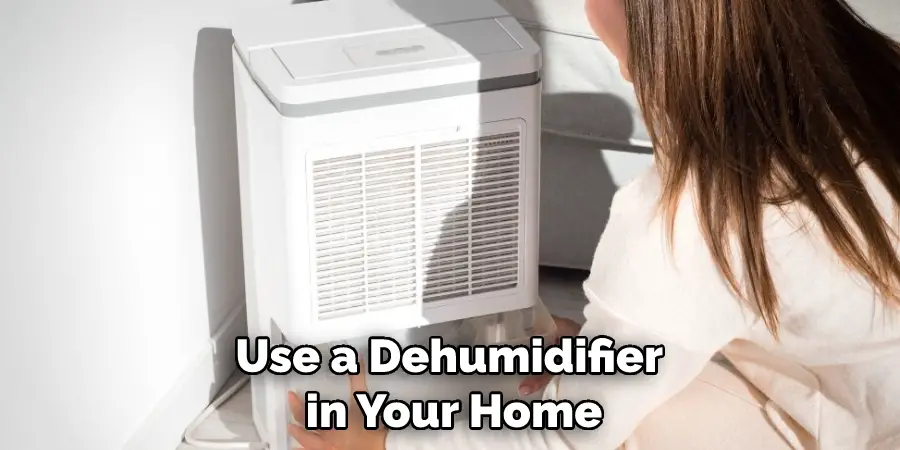
How To Avoid High Humidity In Your Home And Prevent Wood Floor Cupping?
It’s important to do everything you can to keep your home as free from high humidity as possible because if the relative indoor humidity gets too high, it won’t just be uncomfortable for the people living there; it can also cause problems for hardwood floors like cupping. To prevent this, it can be helpful to invest in a dehumidifier, use a hygrometer so that you can monitor the relative indoor humidity level on an ongoing basis, and seal air leaks in your home which can let moist air inside.
Even using natural methods such as plants and bowls of salt around the house can help, since they will draw moisture out of the environment. Lastly, make sure that all ventilation systems are running efficiently and that they are properly venting outside and not into other areas of the home.
When Should You Wax or Polyurethane Your Hardwood Floors to Create a Barrier Against Moisture?
You should wax or polyurethane your hardwood floors after they have been mopped and cleaned, and when the humidity level in your home is between 30-50%. Waxing or polyurethane on your floors will provide an extra layer of protection against moisture, spills, and other liquids that could potentially damage your floors.
Additionally, you should consider waxing or polyurethane the floors once a year to keep them looking their best. Be sure to use a product that is specifically designed for hardwood floors and follow the instructions carefully. Doing so will help ensure the best results and optimal protection from moisture.
How Often Should You Mop Your Hardwood Floors?
You should mop your hardwood floors at least once a week, preferably with a microfiber mop and a mild cleaning solution. Moping regularly will help to keep the floors free from dirt, dust, and other debris that could accumulate over time and cause damage. Additionally, mopping your floors regularly will help to prevent the accumulation of moisture which can lead to warping or cupping of the wood.
Be sure to wring out the mop before using it and avoid using too much water so that you don’t saturate the wood – just dampen it enough to do the job. With regular cleaning and maintenance, your hardwood floors should remain beautiful and in top condition!
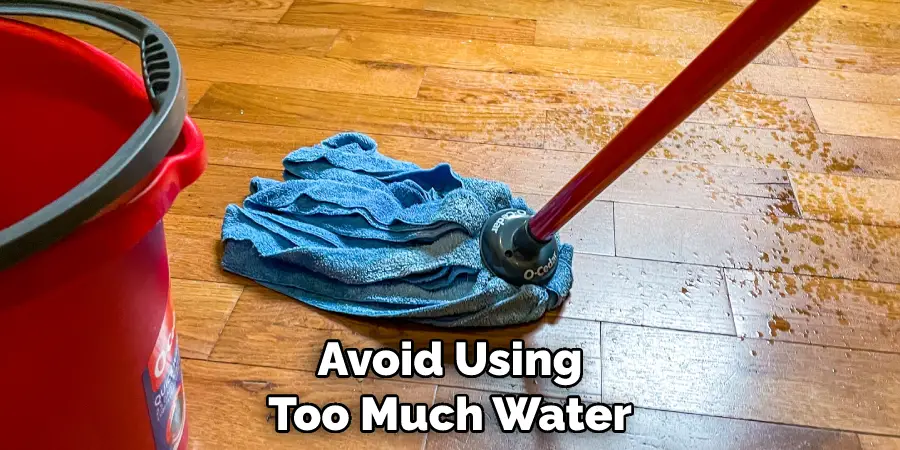
Maintaining your hardwood floors is essential for keeping them looking like new. By following the tips above, you can help to prevent damage caused by sweating wood floors and keep them looking great for many years to come!
Conclusion
If you have wood floors, you know how sweaty they can get in the summertime. You should carefully determine how to stop wood floors from sweating. No one wants to walk around barefoot on cold, damp floors.
So it’s important to take steps to prevent your floors from sweating. By following the tips above, you can keep your wood floors dry and comfortable all summer long. Do you have any other tips for preventing wood floors from sweating? Share them with us in the comments below!
You Can Check It Out to Overcome Steep Stairs

